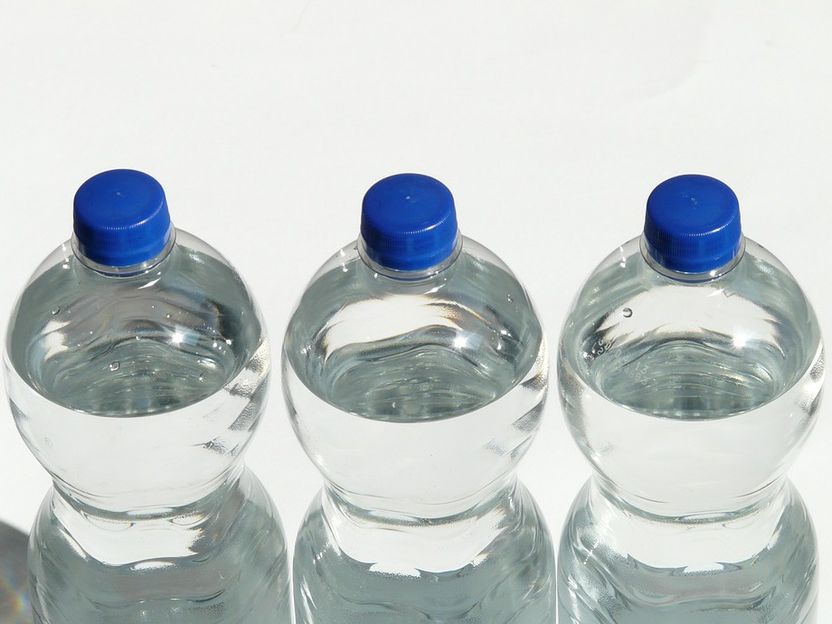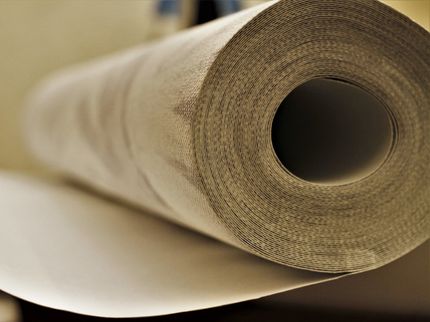The green future of packaging
Although bio-based plastics are an important component of a more sustainable economy, they still only constitute a small proportion of overall packaging volume. However, the signs of the times stand in their favour.
bioplastics are expected to make a significant contribution to reducing our dependency on oil-based products and cutting CO2 emissions. This was the tenor of the discussions at the FNR Knowledge Forum (agency for renewable resources) at FachPack 2018. Until now, however, the share of bioplastics in the entire plastics market has remained very small. Currently, bio-based polymers have a total production volume of 7.5 million metric tons; that’s 2% of the production volume of petrochemical polymers. According to a survey by nova-Institute, the production of bio-based polymers has nevertheless become much more professional and differentiated in recent years. Accordingly, there is a bio-based alternative for virtually every application in the meantime.
Important areas of application for bio-based packaging plastics, based on tonnage, are carrier bags, fruit and vegetable bags, drinks bottles, bottles for detergent and cleaners, containers for cosmetics and service packaging.
Bioplastics as part of the bio-economy

Hans/ Pixabay
In recent years, there have been more intensive efforts in the research community and industry to develop and/or produce, on a large industrial scale, drop-in replacements that are chemically indistinguishable from their fossil fuel-based counterparts and bio-based plastics with new chemical compositions. The reason for this is that conventional plastics still offer certain advantages over their bio-based “siblings”: For decades, they have been incorporated into the process chain for processing olefins and are therefore part of a highly efficient manufacturing and finishing process. To be able to establish themselves successfully, bio-based plastics therefore need an entire process chain within a bio-economy that provides for the production of the chemical precursors. In this context, the bio-economy relies on both renewable resources and bio-based process solutions. According to the German Federal Ministry of Education and Research, the guiding principle of the bio-economy is to establish a circular economy that facilitates the best possible recycling and re-utilisation of raw materials and material flows with a view to efficiency of resources and sustainability.
Packaging is one of the main users of bioplastics
At the FNR Knowledge Forum at FachPack 2018, Dr Harald Käb from narocon Innovation Consulting named food manufacturers Pepsi, Danone and Nestlé as real-life examples. These companies are working together to develop bottles from 100% bio-based PET. In supermarkets and discount stores, there is already a lot of packaging made from bioplastics and recyclate (e.g. drinks bottles, bio-based PE film, bio-based HDPE or cellulose, yoghurt pots made from bio-based PLA). In the packaging logistics field, an effort is also being made to use plastic containers made from biobased materials. WALTHER Faltsysteme, for example, offers a bio-based, recyclable RFID folding box for automated intra-logistics and supplier deliveries. According to the manufacturer, the boxes can be re-used 100 times and recycled two to three times.
Standards still lacking
Nevertheless, even bioplastics are “just” plastics, stressed Nuse Lack-Ersöz from Hanover University’s Institute for Bioplastics and Biocomposites (IfBB) during the FNR Knowledge Forum. Dr Frank Welle from Fraunhofer Institute for Process Engineering and Packaging (IVV) in Freising also confirmed that even bio-based polymers – just like petrochemical polymers – need additives to ensure functionality and workability. As a rule, these are the same additives as are used for petrochemical-based polymers. There are no special additives on the market exclusively for bio-based polymers. LackErsöz also bemoaned the fact that there were still no standardised regulations for assessing the sustainability of bioplastics. She therefore recommended a harmonised approach for conventional plastics and bioplastics to be able to determine the respective advantages and disadvantages. She believes that bioplastics are just as promising and sustainable as conventional plastics. Although both types had their benefits and drawbacks, the real problem was not dealing properly with plastic waste.
Recycling of bioplastics
In this conjunction, Dr Harald Käb envisages great opportunities to replace petrochemical-based plastics with those made from renewable resources like agricultural, residual and waste materials including wood, cane sugar, algae or crustacean shells. This is especially relevant because as a result of the new German Packaging Law, which took effect on 01.01.2019, nonrecyclable or hard to recycle packaging has become expensive. Dr Käb spoke of a “new plastics economy”, i.e. the transition from fossil to renewable resources and recyclates, and compared this with the transitions in the energy and transport industries. In this context, the increasing importance of the closed-loop economy in the political sphere is a boost to recyclable packaging.
One benefit for recycling is that bio-plastics that are chemically identical to plastics based on fossil resources (drop-in materials) behave in the same way as their petrochemical counterparts in the recycling process and so can be recycled with them. Is the ultimate goal then a bio-based recyclable packaging containing a proportion of recyclate that is itself bio-based? According to Dr Käb, the German Packaging Law (Section 21) is an important vehicle for realising this. We will look more closely into what kind of impact the Packaging Law has been having in practice in the next article in the FachPack Newsroom.




























































